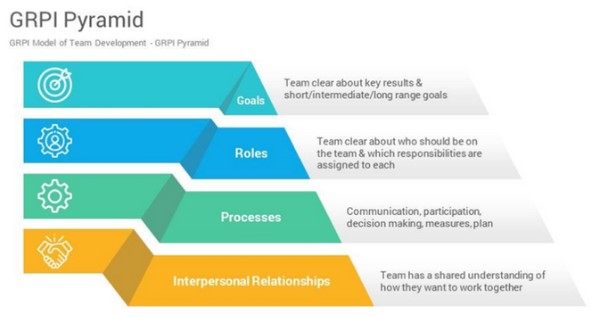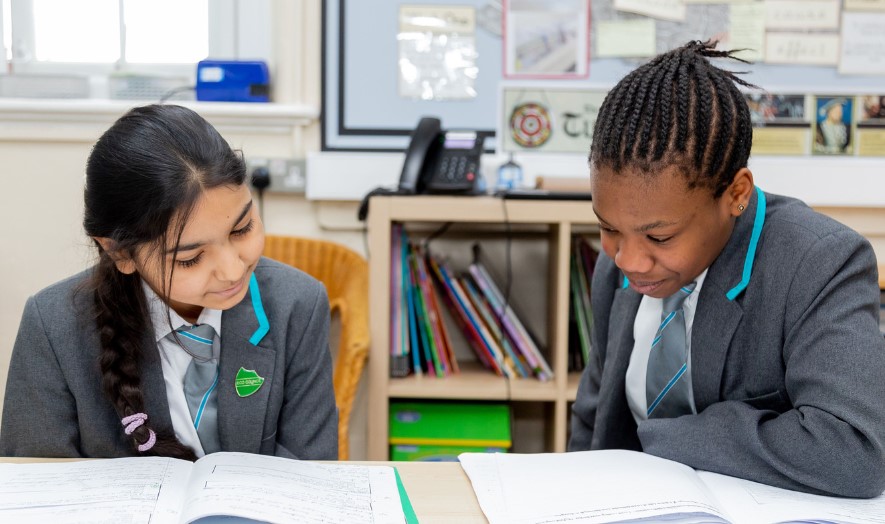At Windmill, our values set the standards of behaviour that we teach children, but they are also the principles that guide how staff work together. These are set out in our ‘Work Expectations’ document.
We believe that coaching is an integral tool in the way we learn and interact with one another, which also affirms our values and is a vehicle for delivering the highest quality education possible for our children.

“Coaching is the art of facilitating the performance, learning and development of another.”
Myles Downey “Effective Coaching”
The International Coaching Federation defines coaching as ‘a coach and coachee partnering in a thought-provoking and creative process that inspires them to maximise their personal and professional potential. The process of coaching often unlocks previously untapped sources of imagination, productivity and leadership.’
Andy Buck defines coaching as, ‘A one to one conversation that focuses on the enhancement of learning through increasing self-awareness and a sense of personal responsibility, where the coach facilitates the self-directed learning of a coachee, through questioning, active listening and appropriate challenge in a supportive and encouraging environment.’
The coaching spectrum moves from being more direct such as in instructional coaching with teachers and leaders early on in their careers to being less directive where the coachee comes up with their own solutions and ideas.
The coaching spectrum moves from being more direct such as in instructional coaching with teachers and leaders early on in their careers to being less directive where the coachee comes up with their own solutions and ideas.


By adopting a coaching approach to continuing professional development (CPD), the focus is about, ‘unlocking a person’s potential…..helping them learn rather than teaching them.’ (John Whitmore) The reflective strategies involved in coaching of setting goals, exploring ideas, raising self-awareness and receiving feedback helps all staff to become ever more resourceful and innovative in their roles to the benefit of our pupils.
At Windmill, we believe that coaching:
Everyone as an individual, part of a group or team can have coaching at Windmill.
Senior leaders have access to executive coaching from a professionally qualified coach outside of school.
All members of the leadership team undergo a leadership coaching programme (6 sessions over a year) when they are new to their role.
Across the school we have a number of staff who have gained their Coaching Skills Certificate from ‘The Basic Coaching Method’, as well as Level 5 (MRA Coaching with Confidence) trained members of staff. These coaches are available for staff to talk to and be coached on a needs basis to work through any issues or when looking to develop ideas.
Early Career Teachers (ECTs) have a mentor, who is trained in instructional coaching. Mentors are familiar with Jim Knight’s, ‘The Impact Cycle’ and as experienced teachers they partner with ECTs to help them improve and develop teaching and learning. The focus is always on the next steps they can take to improve what they do in the classroom.
All staff will have coaching as part of a group, for example teaching assistants have used this to reflect on the year or subject leaders analysing the success of their subjects and where to go next.
The school is made up of various teams, such as senior leadership team, phase leaders, Team around the Child and at various points throughout the year, teams can have coaching sessions to reflect and learn about how they operate and how they can further improve their effectiveness. At Windmill, we believe that by being highly effective, supportive and innovative teams, we can have a greater impact on raising standards in education.

All staff, as part of CPD, practise coaching style conversations so that when working together they can use this script in a session to support one another to explore solutions and take responsibility for moving forward with an issue or a project. However, any conversations that take place can be impromptu coaching opportunities. Listening to each other and encouraging each other to find solutions can happen at any time and almost anywhere.
Appraisals are run in a coaching style so that staff can take ownership of the process, being encouraged by their appraiser to reflect and identify their own learning goals as well as incorporating whole school improvement ambitions. Staff sit alongside one another in order to give and receive feedback from lesson observations and work scrutiny so that it is a collaborative and supportive process – prompt sheets are used to guide the discussion and to ensure that clear development points moving forward are agreed.
Throughout school there are varied internal meetings and these in order to be collaborative will sometimes start with coaching openers to invite everyone to speak and be present in the meeting. The structure of meetings when looking at how to deal with issues and develop projects will follow a GROW structure to ensure there is clarity around goals, the present reality and barriers to success are examined followed by allowing space to be innovative and explore options resulting in clear next steps/action planning.

Based on research by American Psychologist John Gottman, Emotion Coaching uses moments of heightened emotion and resulting behaviour to guide and teach the child and young person about more effective responses. Through empathetic engagement the child’s emotional state is verbally acknowledged and validated, promoting a sense of security and feeling ‘felt’. This activates changes in the child’s neurological system and allows the child to calm down, physiologically and psychologically. Inappropriate behaviours are not condoned in Emotion Coaching and when the child is calmer, incidents are discussed in a more rational and productive manner. Moves are made to problem solve and engage in solution-focused strategies.
Children are encouraged to ask each other coaching style questions to support one another in their learning as a way of helping children take responsibility for their learning rather than being expected to have the answers given to them.
All staff members have access to coaching supervision from the lead coach in school and the lead coach has external supervision.